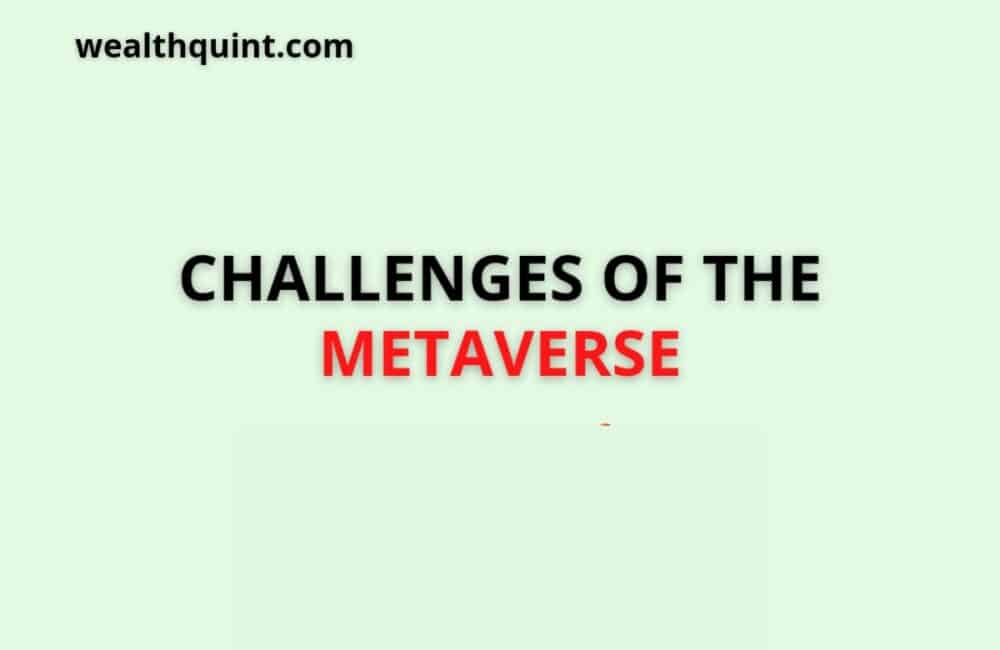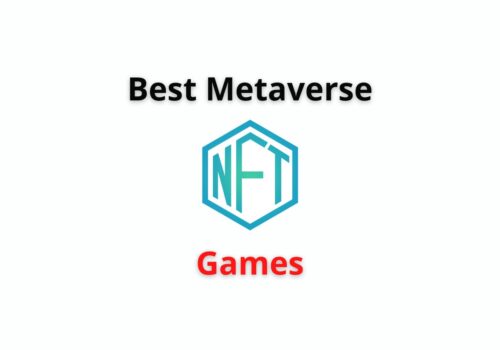Metaverse appears to be taking over numerous technology news channels, as evidenced by the buzz increasing in recent months. However, even though the term itself is not new at all and has been around since 1992, not everyone is entirely familiar with the precise meaning behind it.
Metaverse, according to Oxford Languages, is “a virtual-reality realm in which users can engage with a computer-generated environment as well as with other users.”
It is primarily due to the declaration made by one of the tech giants, or more exact, to Mark Zuckerberg’s announcement in July of Facebook’s aim to develop our future Metaverse.
There has been such a rapid increase in interest. According to The Verge, the idea centers around constructing a single unified virtual realm that connects community, products, trade, workspace, entertainment, artists, and much more seamlessly.
It is predicted that sales of virtual reality headsets will reach 34 million units by 2024, thanks to VR hardware pioneers such as Oculus, VIVE, Pico Varjo, and many others.
Technology pioneers are seeing the potential of virtual reality to become a commodity in the not-too-distant future, particularly on the software side of the technology. By 2030, according to the CEO of Unity, virtual reality headsets will be as widely utilized as game consoles in the gaming industry.
Virtual reality technology is already accelerating the use of technology in many businesses, and it is becoming more apparent that this trend will continue in the future. The year 2021 will bring us a new generation of virtual reality headsets aimed at consumers and professionals alike.
The Metaverse’s grand vision is only a matter of time before it becomes a reality. Our current understanding of what the Metaverse will look like is very vague.
Still, we can imagine that it will have to overcome the following challenges to become a fully functional virtual world:
1. Identity & Reputation
Personal identification and representation are effortless when it comes to the real world. It is relatively straightforward. Nevertheless, while speaking of Virtual Surroundings, or the Metaverse, it is natural to ponder what will indeed constitute one’s identity in these virtual environments.
Perhaps most importantly, how to prove that you are who you claim to be, rather than someone, or even a machine, pretending to be you.
This is where reputation can play a vital part, not only in terms of authentication but also as confirmation that the entity with which one is interacting is trustworthy and legitimate.
The ability to counterfeit facial characteristics, video footage, and voice is the most significant obstacle. As a result, new verification methods are likely to be created shortly to address this issue.
2. Privacy
Users’ privacy would be another major worry, as an augmented reality device would be similar to a surveillance device in terms of functionality.
It would be equipped with camera capabilities, would be able to determine the user’s actual location, and would save information about the user.
Furthermore, the metaverse would identify other users because each user must have a uniquely identifiable link to the network. This indicates that a headset could be used to track and find persons who are not willing to cooperate.
Individuals who use camera equipment in conjunction with metaverse services and hardware may use data mining.
3. Space And Time
When comparing the real world with a virtual one, the idea of time perception can be somewhat different, as people tend to be less aware of their bodies while immersed in Virtual Reality.
Users may unwittingly spend more time in the Metaverse due to the complete immersion experience. In light of the likelihood of users experiencing an altered sense of time, it is necessary to implement procedures that will keep them in touch with the real world.
The concept of space is the second concept that should be investigated in the Metaverse. Because the Metaverse assumes an endless amount of space, it may be difficult for users to immerse themselves in such a massive cosmos at first, as they attempt to absorb the vast amount and variety of information available at the same time.
During the initial stages of immersion in the Metaverse, users will require assistance with both time and space perception to guarantee that they are both aware and comfortable while inside the virtual environment.
4. Security And Data Storage
Even though businesses and organizations are constantly improving their information technology security systems, data privacy and security have been a long-standing issue for users of any online environment for a long time.
It will be necessary to improve security systems to an entirely new level to keep up with the ever-expanding space of the Metaverse if we are to submerge ourselves into it successfully.
Developing new techniques of personal data and privacy protection that will ensure the safety of one’s identity and property in the virtual world will be necessary to accomplish this.
In light of the preceding, personal verification may progress to the point where users will be required to supply more personal data than is currently expected to identify themselves and ensure that the security system operates efficiently, thereby keeping personal data secure.
4. Metaverse Currency & Payment Systems
With Bitcoin being the most famous, digital currencies have been around for a few decades now. Marketplaces like Amazon and eBay, which connect millions of consumers globally, are no different.
A virtual marketplace that connects numerous physical and digital currencies to facilitate fast and uncomplicated exchange is unquestionably something Metaverse will have.
However, regardless of the currency or marketplace format used, the development of a unique new transaction verification mechanism will be significant when it comes to transactions.
While engaging in any commerce within the Metaverse, the challenge will be to persuade users that they can rely on it and, more importantly, feel comfortable doing so.
5. Ownership And Property
The concept of a single unified virtual environment in which you can interact with the world and other individuals, just like in the real world, suggests that you will be able to purchase and hold different assets and items.
NFTs have accelerated their rate of growth in popularity, and they will be generating news in coming time, bringing more investors and consumers to cryptocurrency and digital assets.
A significant challenge will be developing a unified system that could be used to validate the owners of virtual assets in the Metaverse.
This will be analogous to how NFTs are currently used to represent real-world objects, granting and proving ownership rights for art, music, and videos, among many other things.
6. Legal & Jurisdictional Systems
It will be necessary for governments to conduct more research into virtual law domains as they become immersed in the Metaverse, which will raise questions about laws and jurisdiction.
With the growing amount of virtual space available to users worldwide, it will become increasingly important to determine the methods by which the matter of jurisdiction will be applied.
Metaverse is bound to bring enormous numbers of users together, making it a place of great opportunity to communicate and exchange information.
Still, it also puts users at risk if no regulations govern the limits of the Metaverse. To ensure that the virtual environment is safe and secure for its users, it will be challenging to define jurisdictions and a set of laws that can be implemented.
7. Network And Community
Metaverse will undoubtedly connect a diverse community, allowing people to live in a unified virtual world.
As the previous few years have demonstrated, staying connected is one of the most important aspects of modern society, which can result in the formation of a strong network in the Metaverse for both professional and personal purposes.
Many people believe that the Metaverse will serve as a platform for interacting and building meaningful relationships. However, for the Metaverse to become a place where individuals can feel both emotionally and physically present, haptic and motion capture technology will need to advance to an entirely new level of sophistication.
The ability to comprehend presence as well as surroundings, complemented by a high level of visual fidelity with the ability to touch and feel.
Conclusion
Creating a Metaverse could be challenging and full of opportunities even though we are still only on the threshold of a virtual universe.
There is no doubt that we must ensure that the Metaverse complements our real-world rather than replacing it.
In this vast new universe, we need to remember to remain aware, safe, and secure as much as we can look forward to the virtual world.




